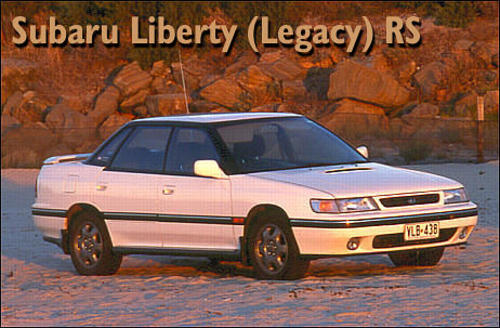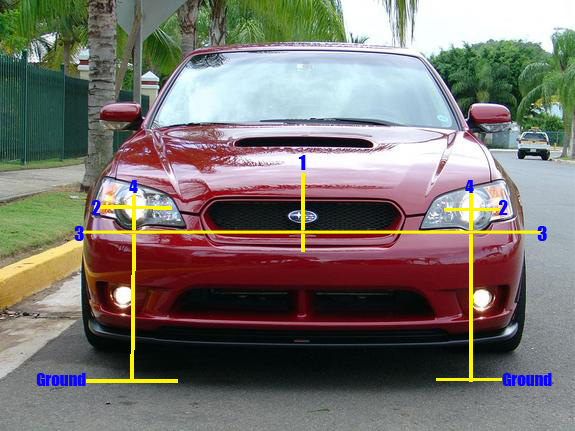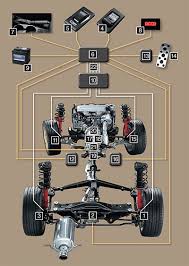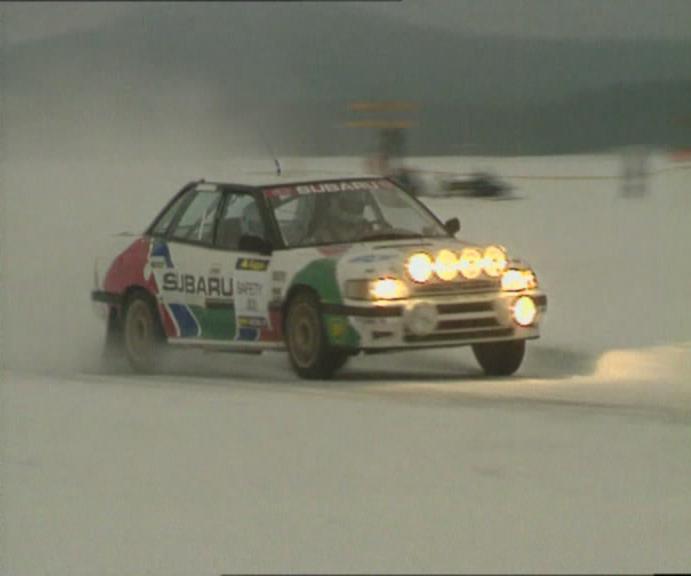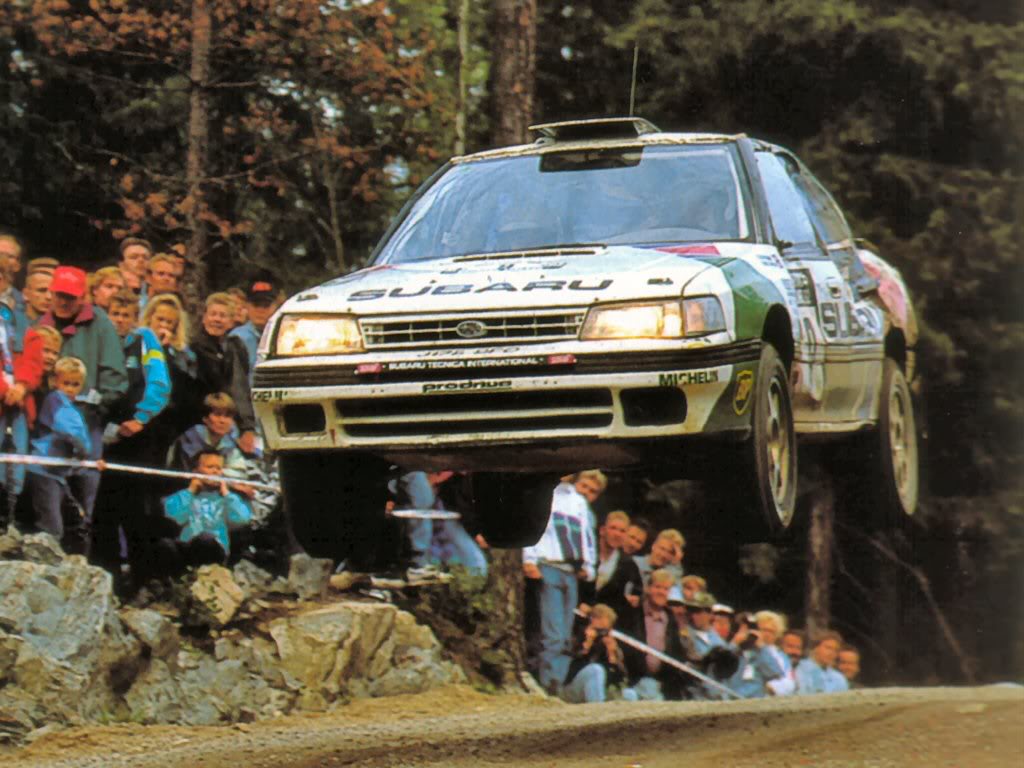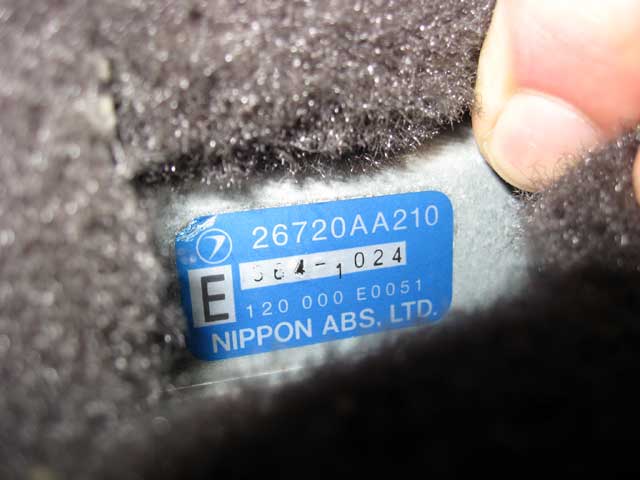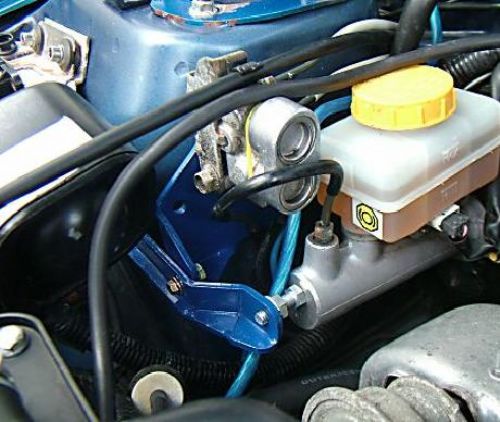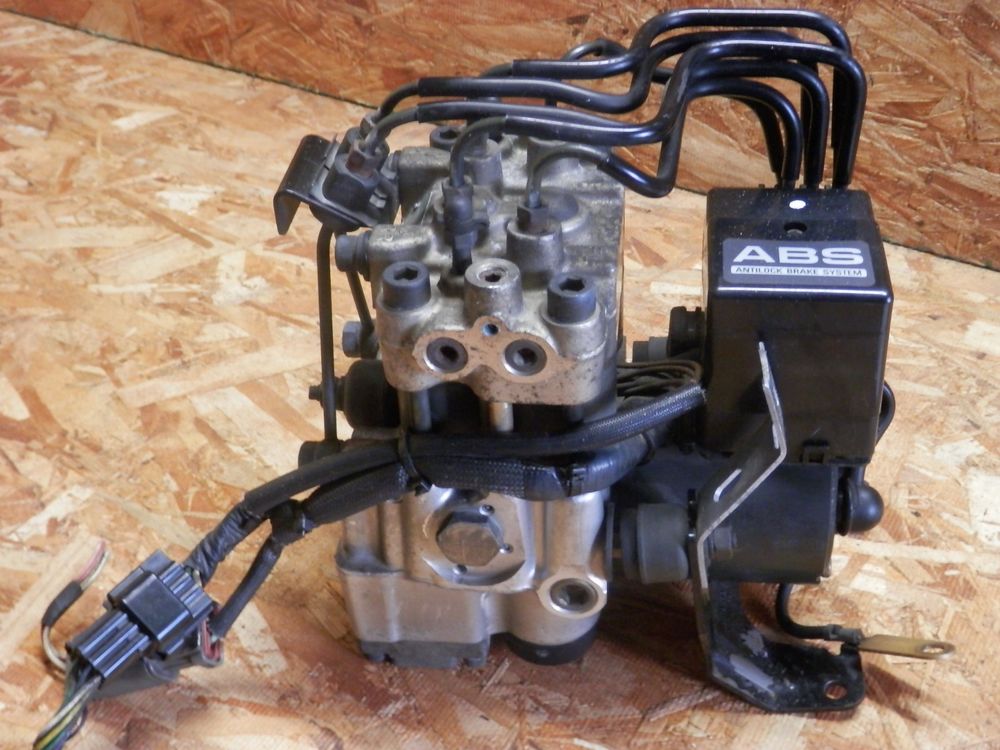Axle general maintenance:
Front stub axle seal replacements require special precautions. The seals are pressed into a side bearing retainer, which must be removed to replace a leaking seal. The side bearing retainers also control front differential side bearing preload, as well as ring and pinion backlash.
When replacing a stub axle seal, mark the position of the side bearing retainer before un-threading the retainer. Remove only one side bearing retainer at a time, or you’ll risk disturbing the differential adjustments. If you’ve marked the position before removal, the correctly installed position of the side bearing retainer will be obvious, as you will be unable to turn the retainer another complete turn.

The driveaxles on some Subaru vehicles are pressed into the wheel hub with a light press fit. Blasting the axle out of the hub with an air chisel, center punch or other implement of destruction invites damage to the wheel bearings. All of the force brought to bear by these methods finds its way to the wheel bearings, possibly damaging their races or balls. Special tools are available for removing and installing press-fit driveaxles. Ignoring these cautions invites a comeback for noisy wheel bearings shortly after your CV axle repair work.

